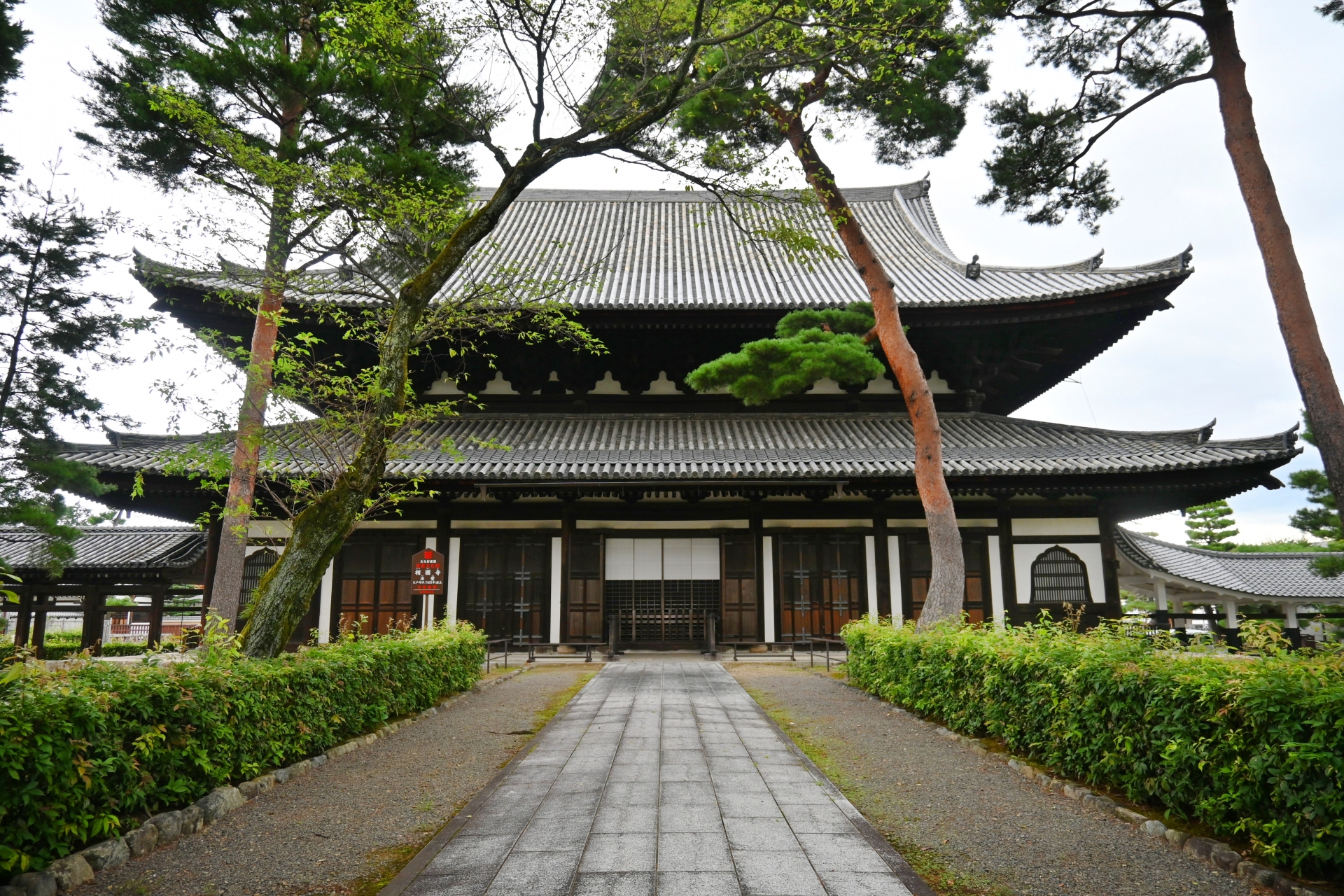Location: Ginkaku-ji
Ginkaku-ji, also known as the Silver Pavilion, is one of Kyoto’s most famous temples. It is a beautiful place that attracts tourists from all around the world. Located in the eastern part of the city, Ginkaku-ji is known for its calm atmosphere, beautiful gardens, and unique history.

A Brief History of Ginkaku-ji
Ginkaku-ji was built in 1482 as a villa for the shogun Ashikaga Yoshimasa. Yoshimasa was the 8th shogun of the Ashikaga shogunate. After his retirement from politics, he wanted to create a peaceful retreat to enjoy the beauty of nature. His villa was originally intended to be covered in silver foil, hence the name “Silver Pavilion.”
However, due to political troubles and a lack of funds, the silver was never applied. Despite this, the temple is still called Ginkaku-ji, or the Silver Pavilion.
In 1490, after Yoshimasa’s death, the villa was turned into a Zen Buddhist temple by his nephew. Since then, Ginkaku-ji has been a place for meditation and spiritual reflection.
The Silver Pavilion and Its Architecture
The main building of Ginkaku-ji is a two-story structure. The upper floor is modeled after Kinkaku-ji, the Golden Pavilion in Kyoto, but instead of gold, it is made of wood with a simple, elegant appearance.
The lower floor is called the “Hondo” and is used for Zen meditation.
Although the temple is called the “Silver Pavilion,” it is not covered in silver. The name comes from the original plan to decorate the pavilion with silver foil. Even without the silver, the temple’s design is stunning. The building is surrounded by a beautiful garden that represents Zen philosophy and reflects the idea of simplicity and harmony with nature.
The Zen Gardens of Ginkaku-ji
The gardens at Ginkaku-ji are one of the highlights of the temple.
There are two main gardens: the “Karesansui” (dry landscape garden) and the “Chisen-kaiyushiki-teien” (pond garden).
The Karesansui garden is a Zen rock garden where visitors can enjoy the peaceful scenery. The garden contains carefully placed stones and gravel that represent natural elements like mountains and rivers. This style of garden is designed to help visitors meditate and reflect.
The pond garden, on the other hand, is a traditional Japanese garden with a large pond surrounded by trees, plants, and flowers. It is a perfect place to walk and enjoy the changing seasons. The view from the pavilion looking over the pond is particularly beautiful during the cherry blossom season in spring and the autumn leaves in fall.
The Sand Garden at Ginkaku-ji
One of the most famous features of Ginkaku-ji is the “Silver Sand Garden” or “Ginshadan” in Japanese. It is a large, circular sand garden that represents Mount Fuji, the famous mountain of Japan. The sand is carefully raked every day to maintain its smooth surface, creating a calming and meditative atmosphere. This sand garden is an important part of the Zen philosophy, which emphasizes simplicity, tranquility, and the beauty of nature.
Ginkaku-ji’s Surrounding Area
The Silver Pavilion is located in a charming part of Kyoto, known as the Higashiyama district. This area is filled with beautiful walking paths, small traditional shops, and cafes, making it a perfect place to spend a day. Visitors can enjoy walking through the Philosopher’s Path, a peaceful trail that follows the canal near the temple. The path is lined with cherry trees, and it is especially beautiful during the spring.
Tips for Visiting Ginkaku-ji
Best Time to Visit: Ginkaku-ji is beautiful year-round, but it is especially popular during the cherry blossom season in spring and the autumn leaf season. If you want to avoid crowds, consider visiting early in the morning or on weekdays.
Conclusion
Ginkaku-ji, the Silver Pavilion, is a beautiful temple in Kyoto that represents the best of Japanese culture and Zen philosophy. Whether you’re visiting for the peaceful gardens, the stunning architecture, or the spiritual experience, Ginkaku-ji offers something for everyone. It’s a must-visit destination for anyone traveling to Kyoto.
When visiting Kyoto, use BagDrop to easily store your luggage and enjoy a comfortable trip. By leaving your bags behind, you can fully enjoy the sightseeing spots. You can explore the streets of Kyoto without the burden of heavy luggage, moving freely. Even when visiting Ginkaku-ji, you can experience it comfortably. Be sure to take advantage of BagDrop and have a wonderful time in Kyoto.
Leave your luggage at BagDrop’s luggage storage service in Kyoto and enjoy a hands-free trip!
